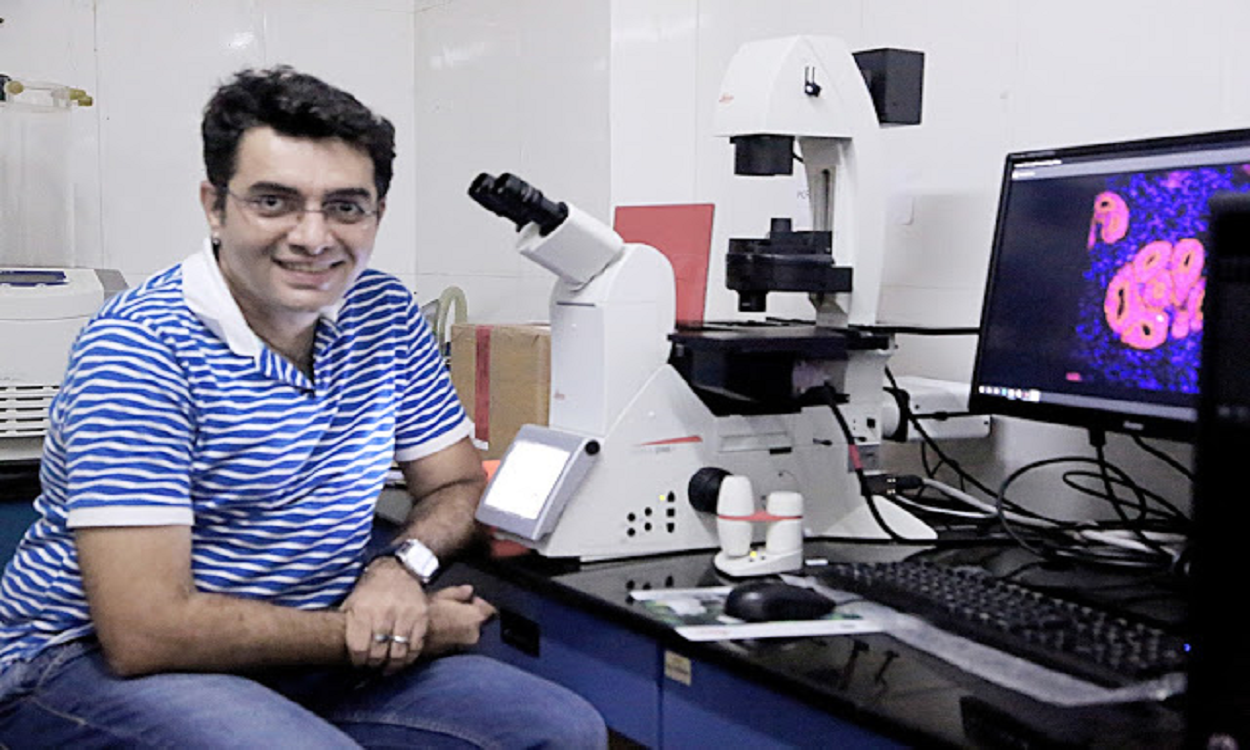
A new study suggests for the first time about the existence of cross-talk between the mother’s womb and an embryo to initiate a pregnancy.
SEP 13, 2017 | BY RATNESHWAR THAKUR
Reproduction is fundamental to all life forms and in humans initiation of pregnancy requires the embryo to adhere in the mother’s womb. As the embryo enters the mother’s womb, it has to rapidly find a suitable place to attach and then invade to get nutrition. This marks the initiation of pregnancy in humans. How the embryo decides where to implant and how the mother prepares her womb to initiate pregnancy is unknown.
In a collaborative effort, research teams led by Dr. Deepak Modi- Scientist at ICMR-National Institute for Research in Reproductive Health-Mumbai, Dr. Satish K. Gupta- Emeritus Scientist at National Institute of Immunology- New Delhi, and Dr. Asgerally Fazleabas, Professor at Michigan State University, USA- have shed light on how the mother prepares her womb to initiate pregnancy.
The results of the study were published in the Journal Endocrinology.
The study is exciting as it has given some important insights in very early life events that happen inside the mother’s womb. What makes the discovery remarkable is that researchers have uncovered the mechanism by which the mother’s womb tells the embryo about where to implant to initiate the pregnancy.
According to this study, a protein called as HOXA10 present in the mother's endometrial cells and another protein called STAT3 in the cells of the embryo (the trophoblast cells) talk to each other. Researchers have observed that the signals sent by HOXA10 from the endometrial cells are sensed by STAT3 in the embryo which makes the trophoblast cells invade into the endometrium to establish the pregnancy.
The study had been technically challenging as it is neither ethical nor clinically justifiable to collect human tissue at early stages of pregnancy. “In-vitro data (study in laboratory set-up) needs to be proven in any In-vivo system (study in living system). To overcome this challenge, we did our studies in monkeys (which are closer to humans). We were happy our data in the lab dish turned out to be true even in the womb of monkeys,” said Dr. Geeta Godbole, the first author of this paper.
In the present form, the study is very fundamental where Dr. Modi and his team members are trying to explore secrets of nature. However, there are several long-term implications. Firstly, for infertile couples, the IVF (test tube baby) is the only treatment option, but the success rates of IVF are very low (less than 30%). “We feel that the results of our study in long term will help in devising strategies to improve success rates of IVF,” said Dr. Modi.
“In converse, our data may help in devising drugs that would help in blocking pregnancy and hence may act as contraceptives. Although far-fetched, the process of trophoblast invasion is synonymous to cancer metastasis; it is possible that our study would help in devising a treatment to prevent metastasis in cancers,” said the study leader about the other future perspectives of this finding.
Reference:
Decrease in Expression of HOXA10 in the Decidua After Embryo Implantation Promotes Trophoblast Invasion
